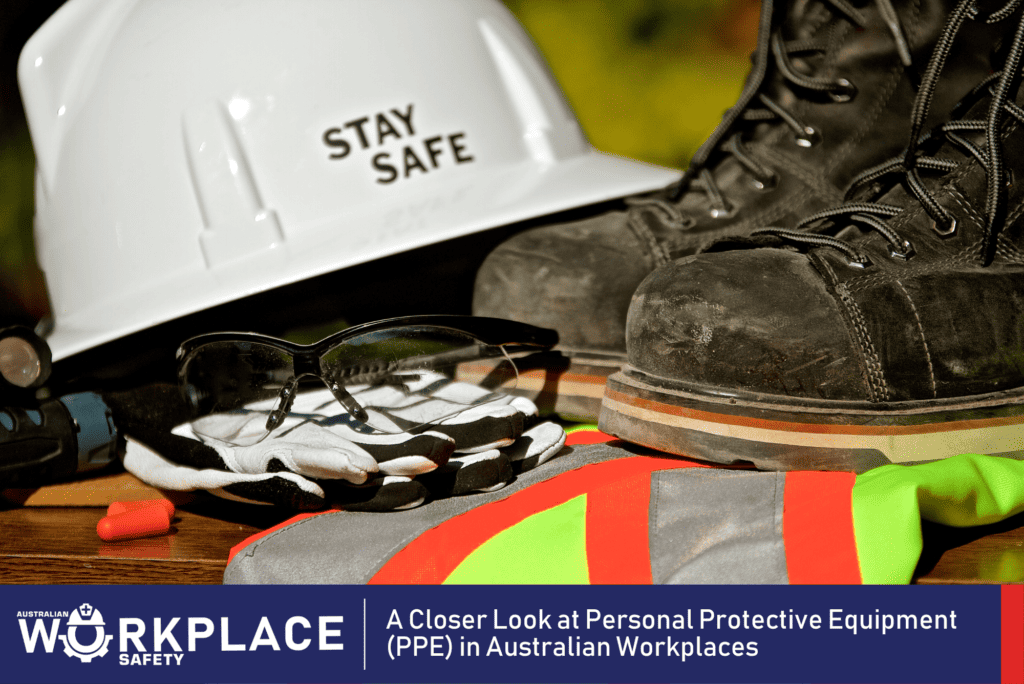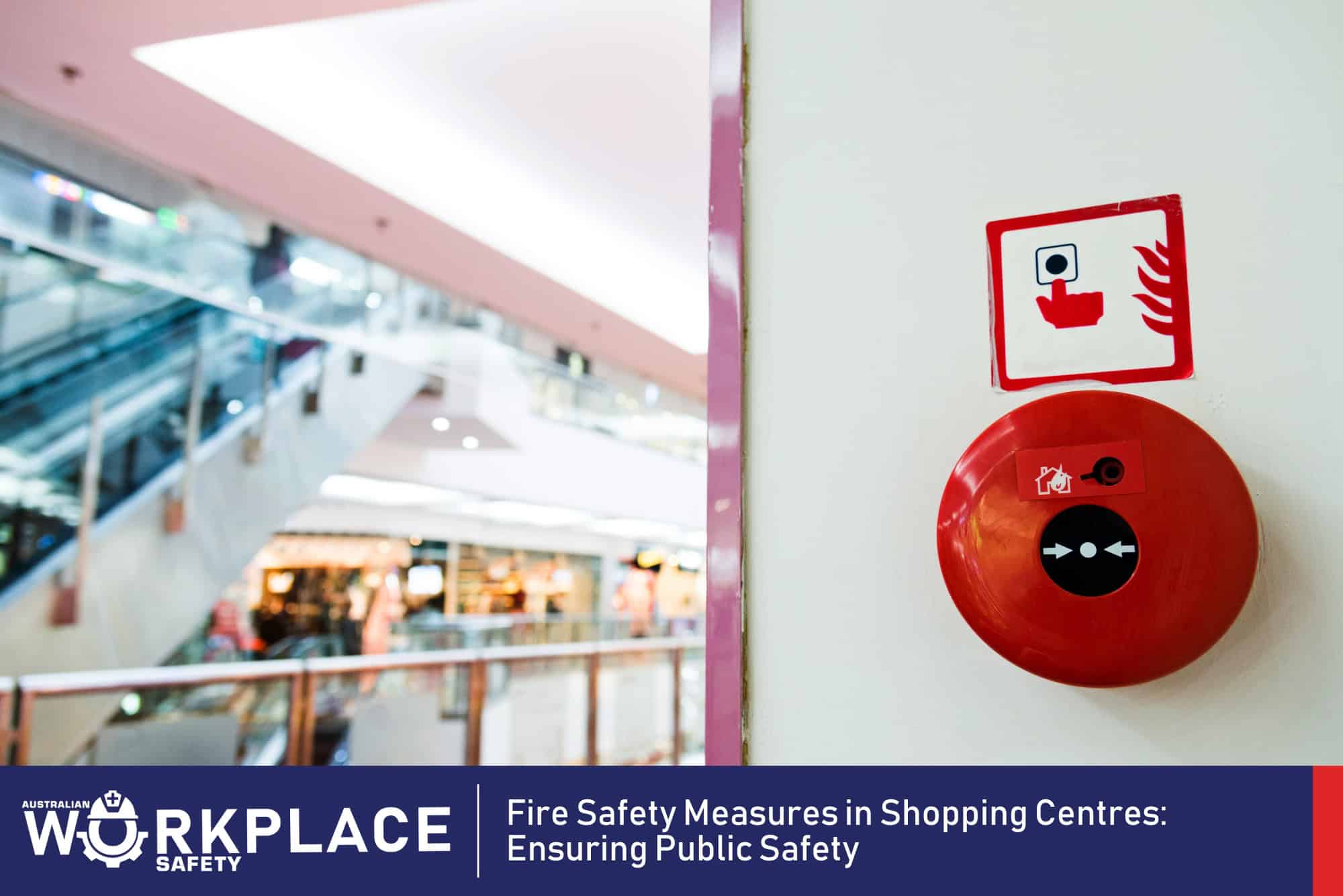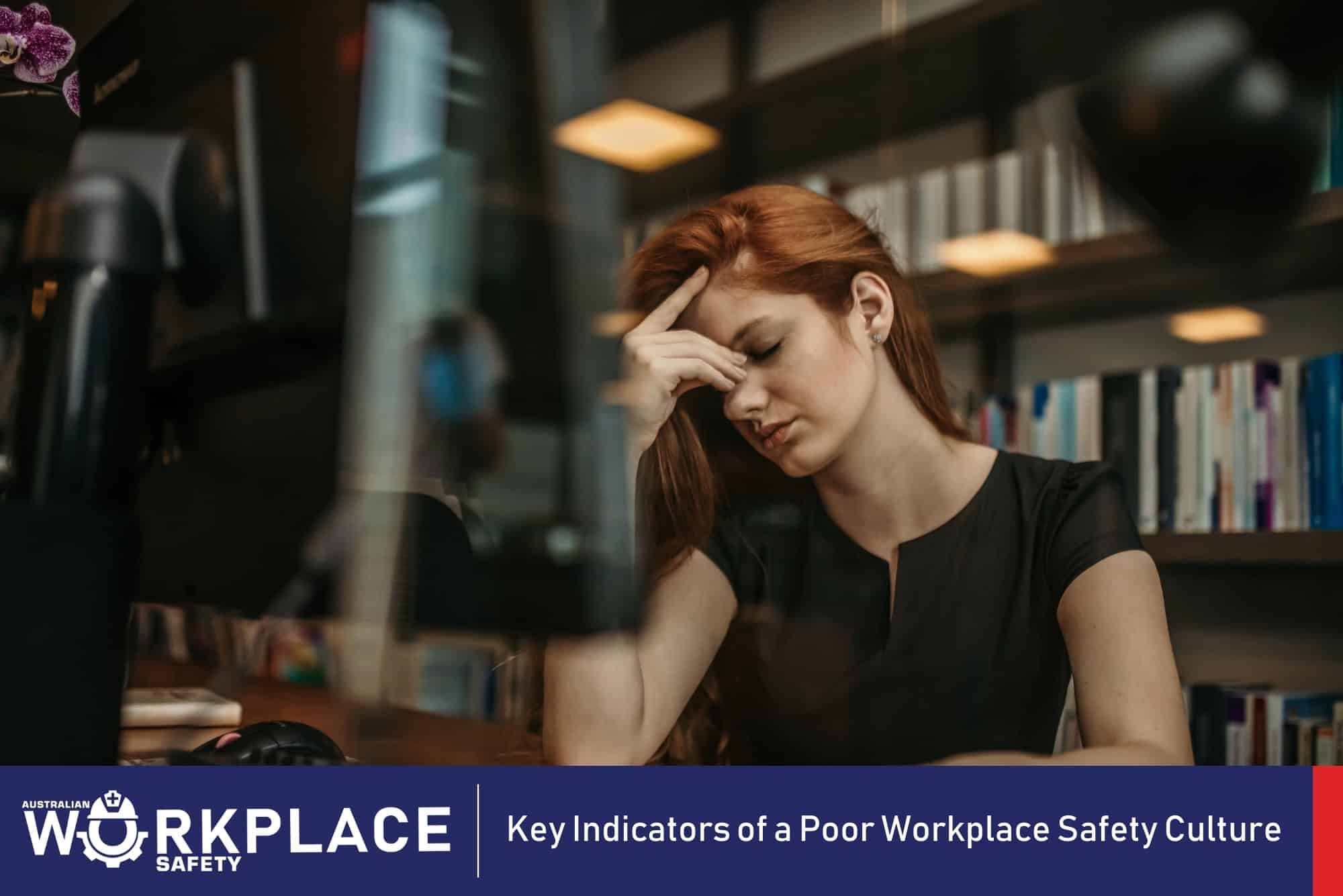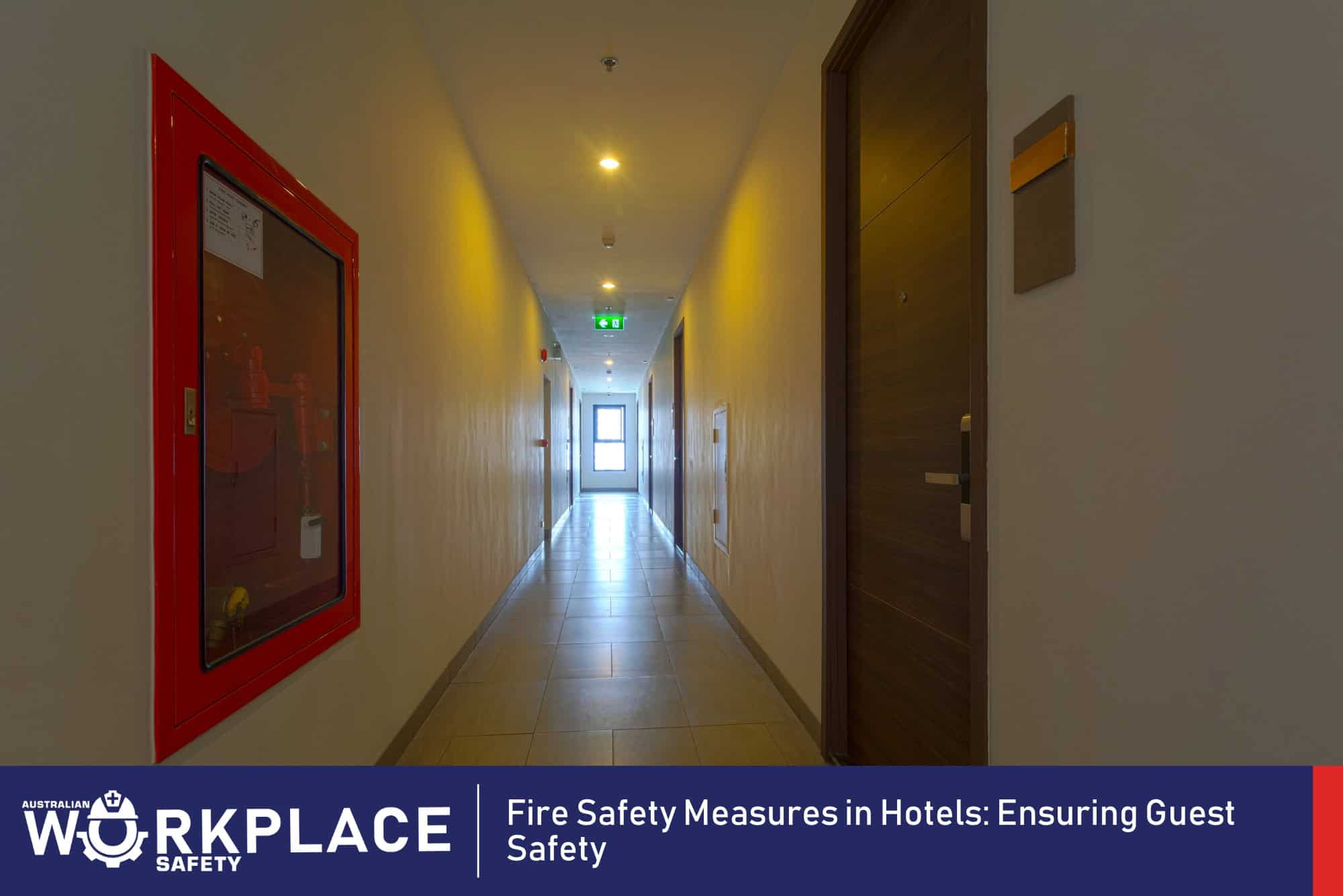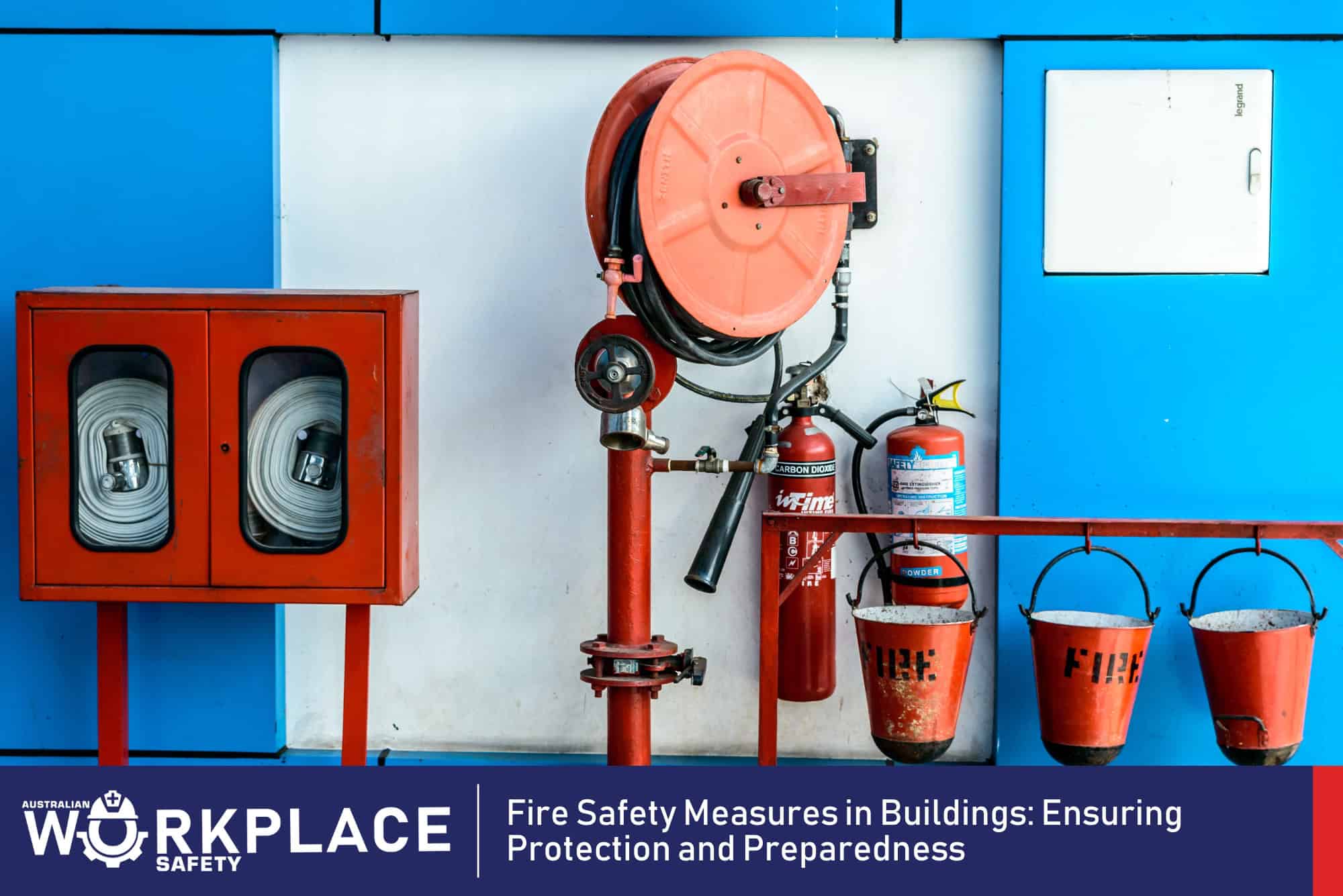Personal Protective Equipment (PPE) is not merely an acronym; it embodies the shield that guards Australian workers from the perils of their job environments. In Australia, where a multitude of industries flourish, prioritising workplace safety through the right use of PPE is paramount. This article embarks on an in-depth exploration of the significance, types, selection criteria, training, challenges, and the road ahead for Personal Protective Equipment in Australian workplaces.
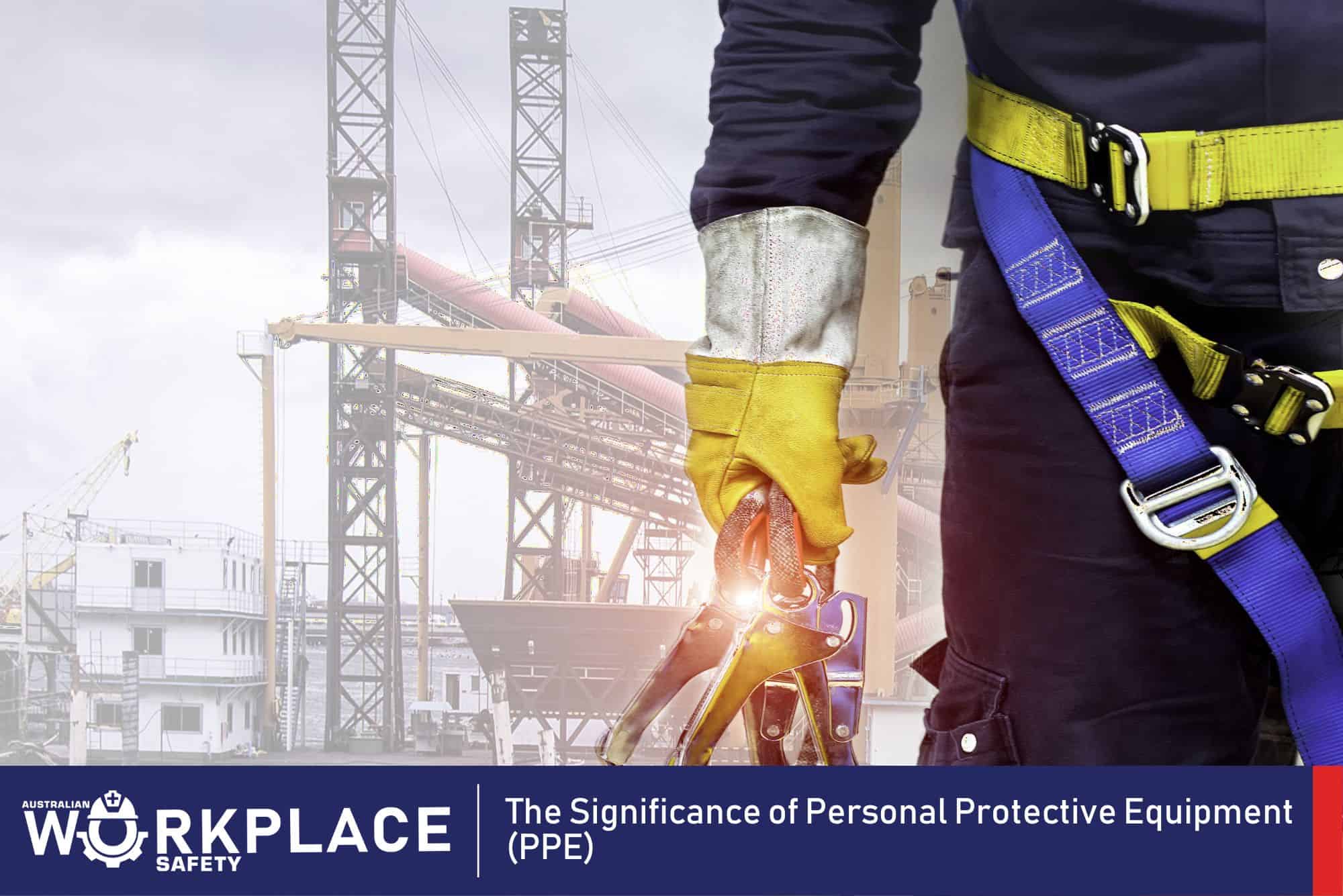
The Significance of Personal Protective Equipment (PPE)
Personal Protective Equipment (PPE) stands as a bulwark against potential workplace hazards. It encompasses an array of equipment and gear designed to protect workers from dangers that might lead to injuries or illnesses. As a safety net, PPE provides the ultimate layer of protection when engineering and administrative controls are insufficient to curtail risks. In the context of Australian workplaces, characterised by diverse industries, the role of PPE is pivotal within the overarching safety management system.
Types of Personal Protective Equipment
The gamut of PPE includes distinct types of equipment, each tailor-made to address specific workplace hazards. These include:
- Head Protection: Helmets and hard hats, which are essential in construction, mining, and manufacturing sectors, shield workers from falling objects and overhead hazards.
- Eye and Face Protection: Safety glasses, goggles, and face shields, vital for industries like laboratories, welding, and woodworking, provide a barrier against debris, chemicals, and intense light.
- Hearing Protection: Earplugs and earmuffs play a vital role in environments with high noise levels, such as construction sites and manufacturing plants, shielding workers from hearing damage.
- Respiratory Protection: Respirators, masks, and air-purifying devices are indispensable in industries dealing with chemicals, dust, or infectious agents, safeguarding workers from inhaling harmful particles, gases, or vapours.
- Hand and Arm Protection: Gloves, sleeves, and gauntlets offer protection from cuts, burns, chemical exposure, and other mechanical hazards.
- Body Protection: Protective clothing like coveralls, aprons, and vests guard against chemical splashes, flames, and extreme temperatures.
- Foot and Leg Protection: Safety boots, shoes, and leg guards are a necessity in construction, manufacturing, and healthcare industries, shielding workers from heavy objects, sharp tools, and slippery surfaces.
Selection Criteria for Personal Protective Equipment
The process of selecting appropriate PPE involves several steps, guided by the regulatory standards outlined in the Work Health and Safety (WHS) Act and Regulations:
- Identifying Hazards: A thorough assessment of workplace hazards is essential to identify immediate and potential risks.
- Evaluating Risks: The level of risk linked to each hazard must be determined, including assessing the likelihood and potential consequences.
- Choosing Appropriate PPE: PPE that effectively mitigates identified hazards must be selected. This decision hinges on factors such as fit, comfort, and compatibility with other equipment.
- Ensuring Proper Fit: Ill-fitting PPE can compromise its effectiveness. Providing options that fit individual workers properly is paramount.
- Maintenance and Replacement: Regular inspection, maintenance, and replacement of PPE are crucial to ensure its ongoing effectiveness.
Training and Proper Usage of PPE
The efficacy of equipping workers with PPE hinges on their ability to use it correctly. Comprehensive training is pivotal to ensure employees grasp the purpose, limitations, and correct usage of the equipment. Training should encompass:
- When to Use PPE: Workers must be educated on the specific scenarios that necessitate the use of PPE.
- How to Wear PPE: Proper procedures for donning and doffing are critical to ensure PPE provides the intended protection.
- Maintenance and Inspection: Workers must understand how to inspect, clean, and store their PPE to maintain its effectiveness.
- Limitations of PPE: Recognising that PPE is a supplementary measure and not a replacement for other safety controls.
Challenges and Considerations
While PPE plays a pivotal role in workplace safety, certain challenges need to be addressed to maximise its effectiveness:
- Complacency: Routine usage of PPE can lead to complacency. Ongoing training and reminders are necessary to maintain heightened awareness.
- Fit and Comfort: Uncomfortable PPE can discourage consistent use. Providing well-fitting, comfortable options can enhance compliance.
- Training Accessibility: Ensuring all workers, including new hires and non-English speakers, receive adequate training is crucial.
- PPE Compatibility: Some combinations of PPE might compromise each other’s functionality. Compatibility should be a factor during selection.
- Regular Review: Hazards and PPE requirements can evolve over time. Regular review and updates are vital to maintaining efficacy.
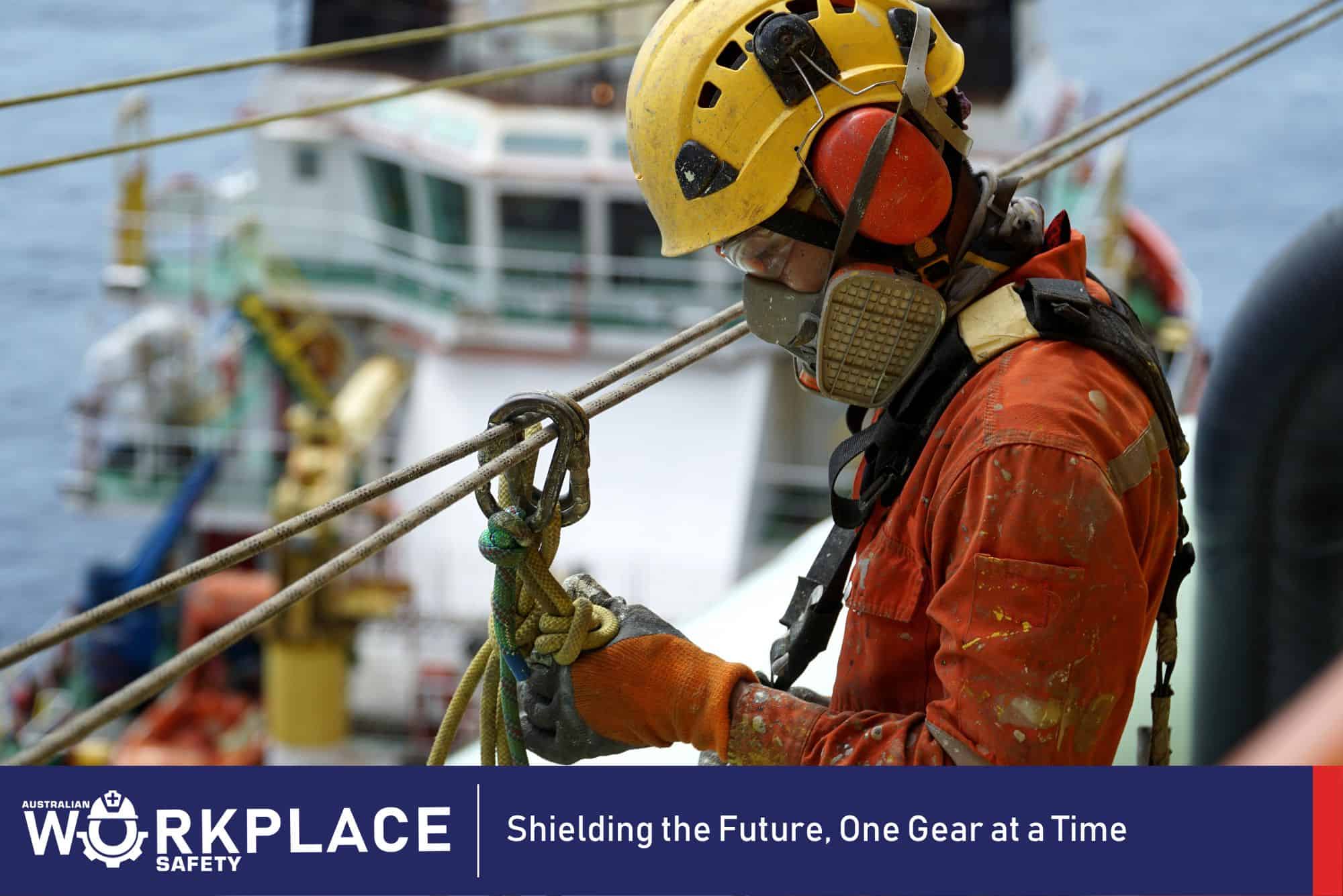
Shielding the Future, One Gear at a Time
As the sun sets on one chapter of Australian workplace safety, another dawns, illuminated by the promise of Personal Protective Equipment (PPE). This armour, built to withstand the onslaught of hazards, stands as the ultimate guardian of worker well-being. From the helmets that shield heads to the boots that tread safely, PPE weaves a tapestry of protection across diverse industries.
By understanding its significance, types, selection criteria, training, and challenges, Australian workplaces not only ensure compliance but also invest in the most precious resource – the health and safety of their employees. The journey towards a safer tomorrow continues, one gear at a time.
